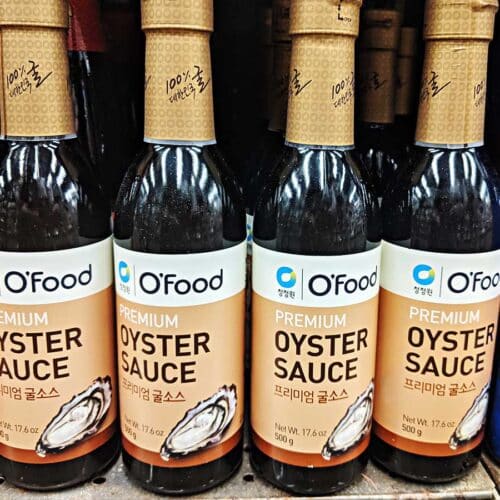Once you’ve tried the oyster sauce, it’s challenging to use anything else in your Asian-inspired dishes. If you forgot to include this flavorful ingredient in your weekly grocery haul, don’t fret. Here’s an oyster sauce substitute list to tide you over until your next shopping trip.
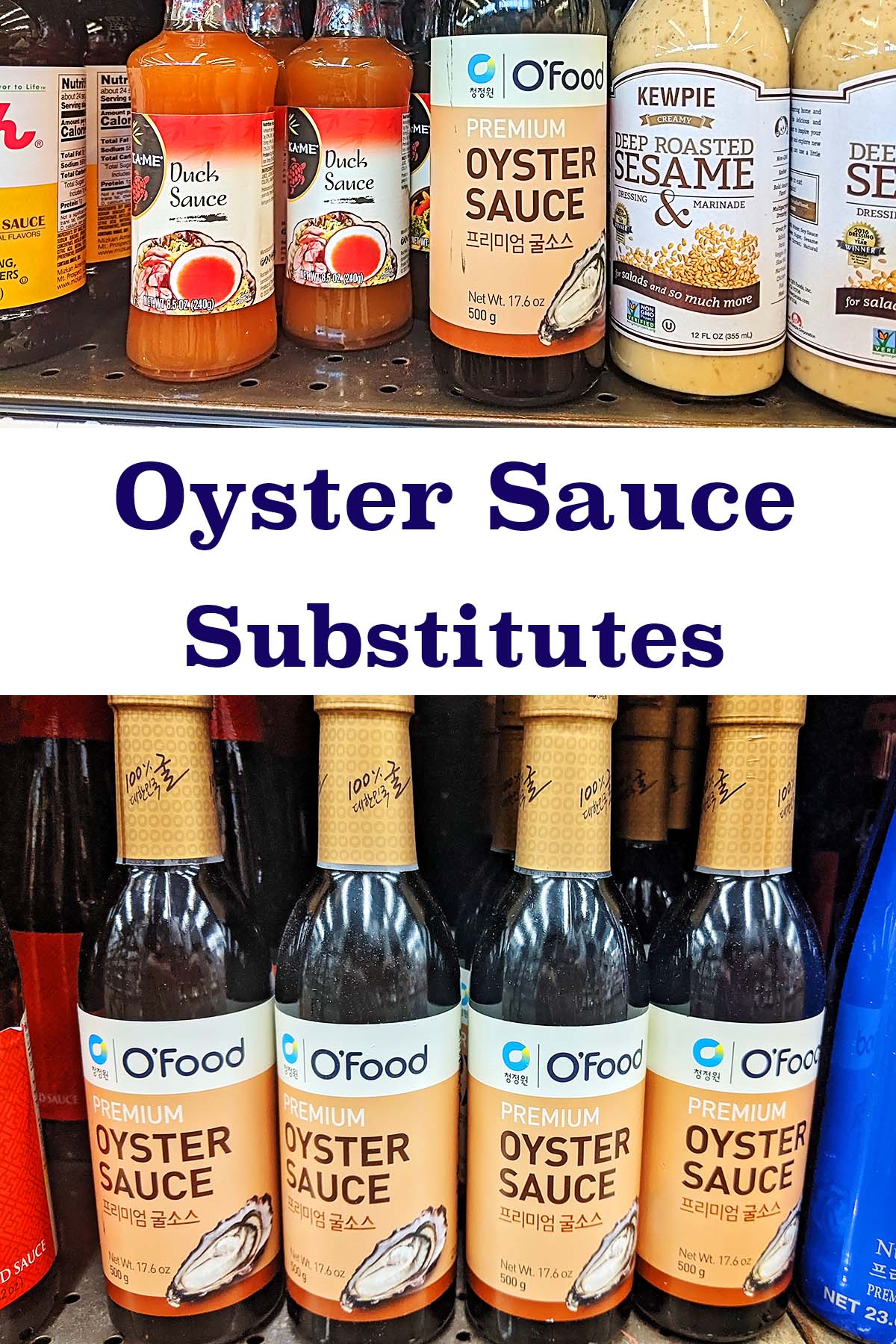
Oyster sauce is a thick, dark condiment that adds a sweet, salty, and “meaty” flavor to any dish it’s included in. It’s most often used in stir-fries and noodle dishes. It can even be used as a dipping sauce for an array of items. Oyster sauce is mainly used in Asian dishes for flavoring.
This sauce has a strange but relatively common history to it. It was not intentionally created. Instead, it was a happy mistake. The story starts at a Chinese food stall in 1888 when Lee Kum Sheung was making his daily oyster soup for customers and forgot the soup was cooking. When he came back hours later, the soup had cooked off the excess liquid, and he had created an oyster sauce. From there, he started the company Lee Kum Kee and began vending the sauce all around China.

Fish sauce can be used as a substitute for oyster sauce. It has a thinner consistency than oyster sauce, though it does provide a similar salty flavor. Both offer a fishy taste, though the fish sauce is more robust in flavor.
You’ll also find that fish sauce is saltier and less sweet than oyster sauce. This condiment is best used in small amounts and as a way to flavor dishes. It’s not an exact food match. However, it will get the job done flavorwise.
Pros:
While fish sauce has a thinner consistency than oyster sauce, it is thicker than other sauces like soy sauce. It will add an excellent flavor to dishes without needing to use a lot of sauce. Fish sauce is accessible in many grocery stores and large retailers.
Cons:
The flavor of fish sauce is quite different than oyster sauce. Using fish sauce will change the taste of any sauce you add it to. It adds a strong fish flavor which may be a turn-off for some people.
Cooking Tips:
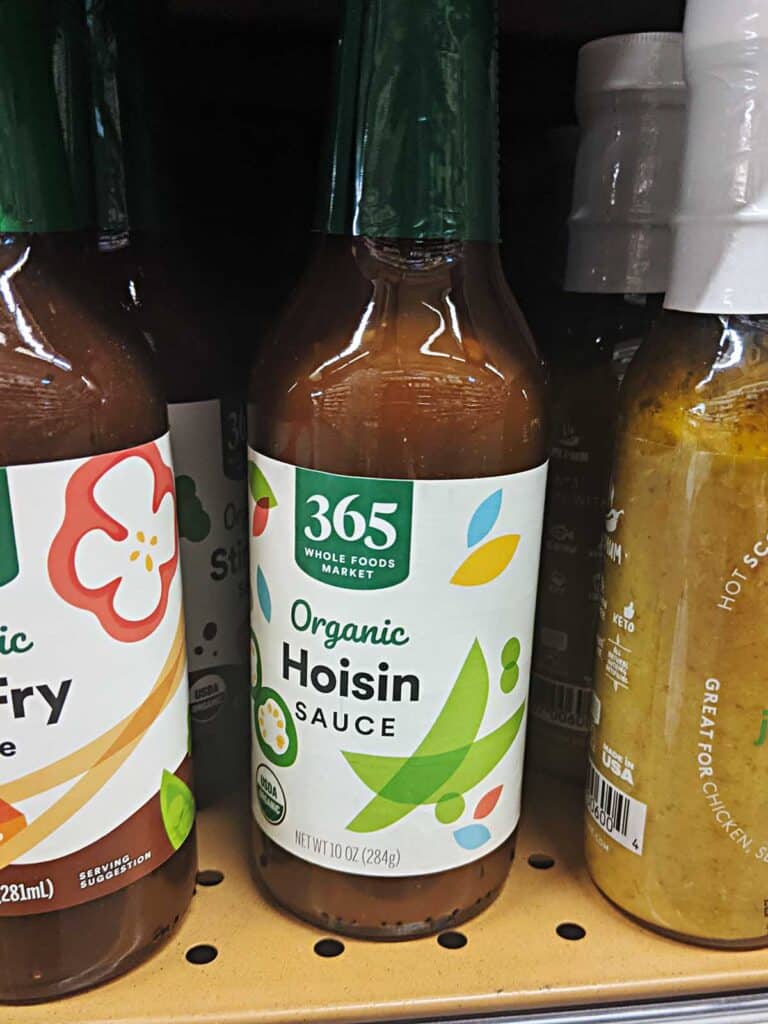
You can think of hoisin sauce as a Chinese BBQ sauce. It’s on the thicker side for consistency and provides a sweet, salty, and “meaty” flavor like what you might find in an oyster sauce. The ingredients of hoisin sauce do vary based on the company that is producing the condiment. Some of the usual elements include vinegar, chili paste, and garlic.
Hoisin sauce is one of the best substitutes for oyster sauce due to its consistency and similar flavor.
It also works as an excellent substitute for vegetarians and vegans as it does not typically contain meat or seafood. Since the ingredients differ between companies, it’s best to read the label before consuming it to ensure it does not have any fish or sea creatures.
Pros:
This sauce provides both a similar texture and flavor as an oyster sauce. It’s an easy ingredient to use in recipes. Many people have hoisin sauce in their pantry, which only adds to the reasons for incorporating hoisin sauce into dishes.
Cons:
There is a slight flavor difference between hoisin sauce and oyster sauce since hoisin does not contain seafood. Depending on the ingredients used in the hoisin sauce, it can also have a bolder flavor than oyster sauce.
Cooking Tip:
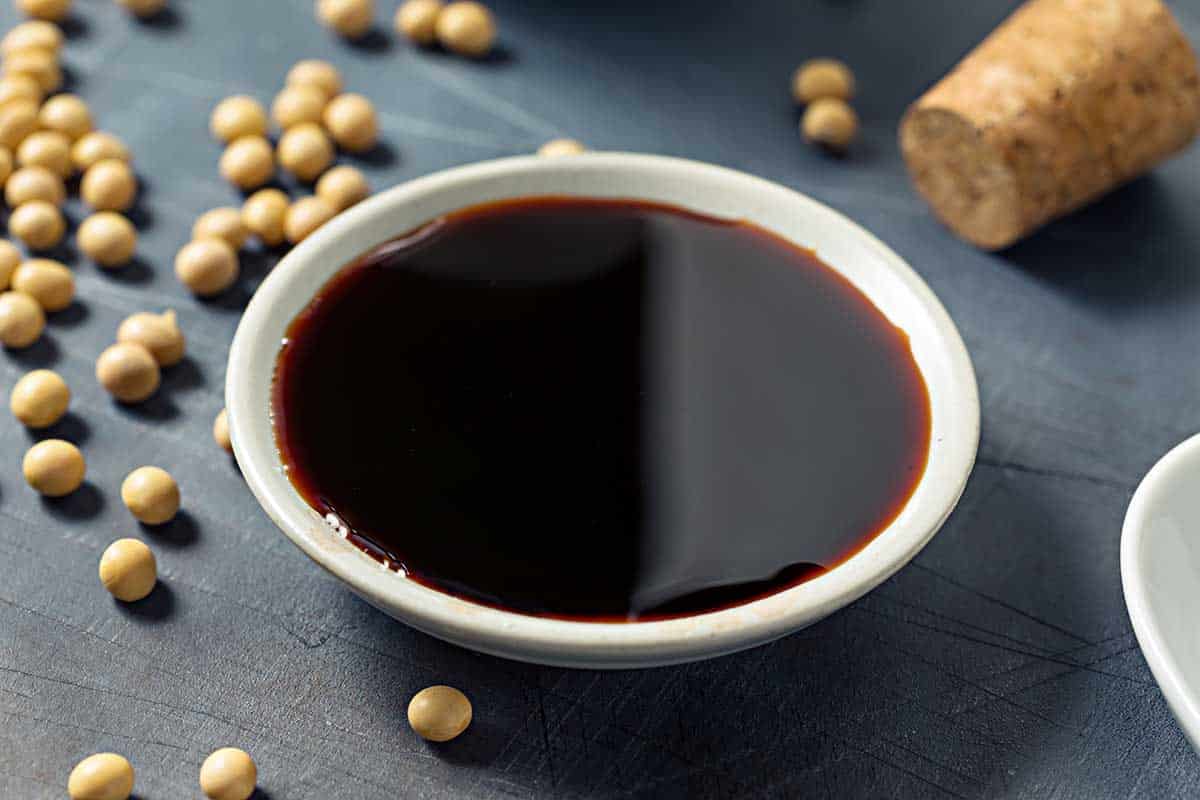
Soy sauce works as an oyster sauce replacement, though it lacks a thicker consistency. It sauce provides the umami flavor and saltiness that typically arises from the oyster sauce.
This condiment is another excellent choice for those who are vegetarian and vegan. Soy sauce uses soybeans as a base instead of oysters. It will also be apparent when using soy sauce that it does not have.
Pros:
This option provides the umami flavor that not all sauces offer – even without seafood. It’s vegan/vegetarian-friendly and can be used in dips, noodle dishes, and stir-fries. Most people have this sauce already in their fridge or cupboard.
Cons:
When you use soy sauce, you’re not getting the sweetness that is provided by the oyster sauce. It’s also thinner, so it does not work in every oyster sauce recipe.
Cooking Tip:
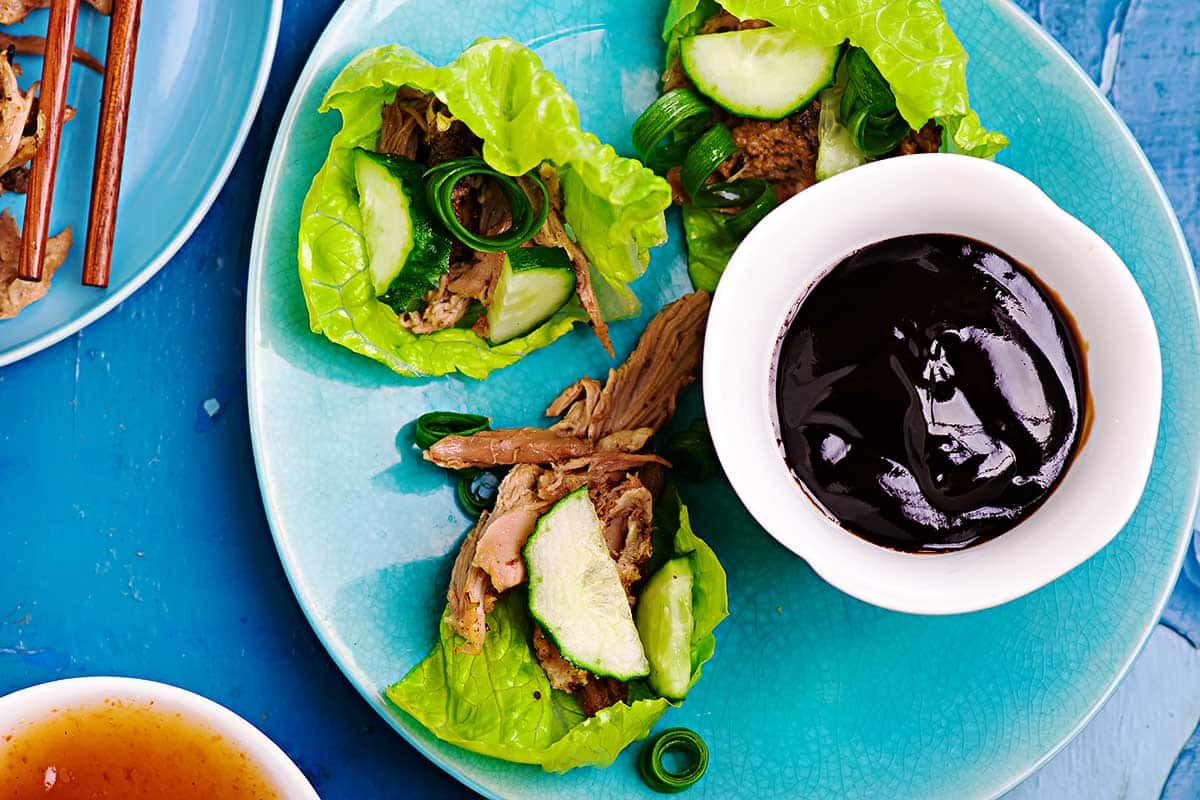
Teriyaki sauce is another oyster sauce alternative that can be used in Asian cuisine. This sauce is also thicker and provides a sweet umami flavor.
There is a noticeable difference between teriyaki and oyster sauce, as teriyaki has a much sweeter flavor. It is made from soy sauce, sugar, and sake. If you’re concerned about sugar content for health reasons or otherwise, it’s best to avoid teriyaki or use it in small doses.
Pros:
The consistency of teriyaki is very similar to oyster sauce. If you seek a sweet and “meaty” flavor in your dishes, teriyaki sauce will provide these tastes. This sauce works best with noodles or as a marinade for meat and poultry.
Cons:
Teriyaki is very sweet and does not work well in all recipes. Depending on the nearest stores, this teriyaki can be tricky to find. It’s much more common to find teriyaki marinade, which will not work as well.
Cooking Tip:
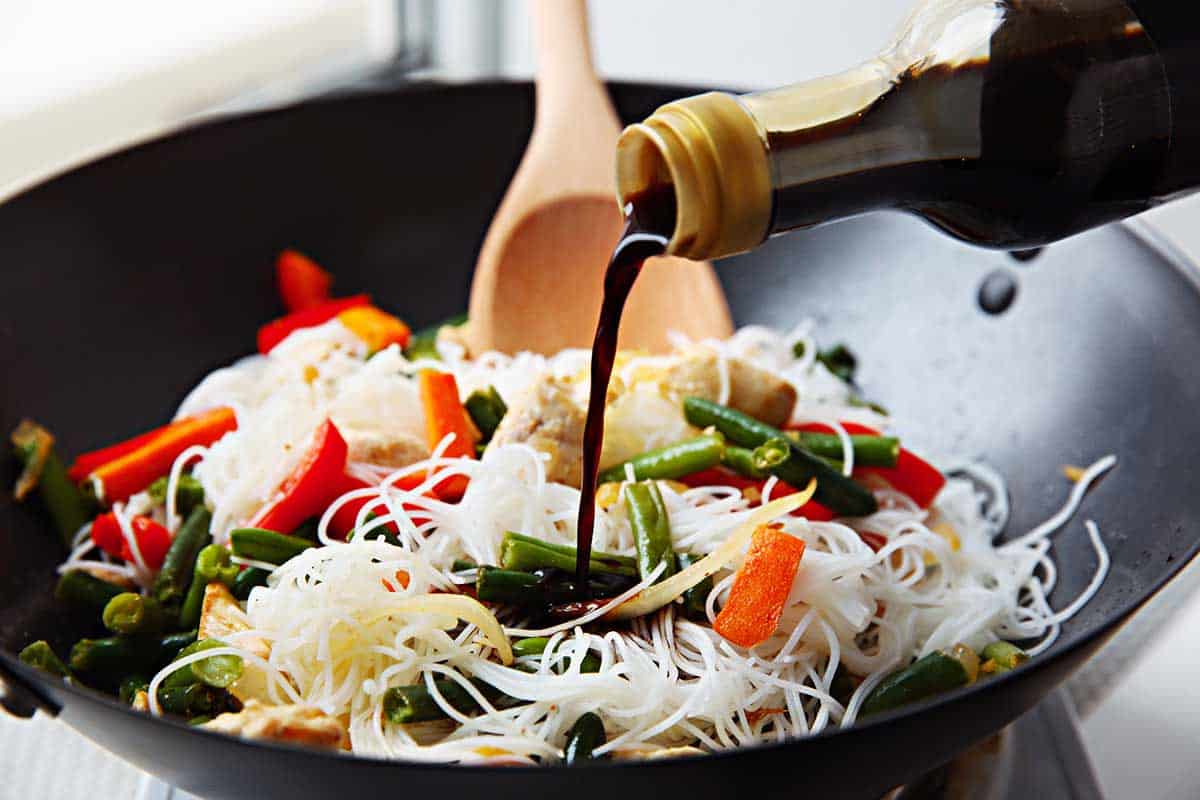
You can use mushroom stir fry sauce instead of oyster sauce as well. This is another excellent way for vegans and vegetarians to add flavor to dishes. It is versatile and works in most recipes, including dips, stir-fries, and as a marinade.
The typical ingredients used in mushroom stir fry are mushroom flavoring, salt, sugar, cornstarch, and flour. These flavors combine to create a sweet, “meaty,” salty taste similar to oyster sauce.
Pros:
Adding this condiment into your dishes adds both a similar flavor and texture as an oyster sauce. It’s vegan and vegetarian-friendly.
Cons:
If you’re avoiding sodium, this is not a great alternative for you since the sodium level in mushroom stir fry sauce are high. Most mushroom stir fry sauces include wheat, so it is not a good alternative for those with gluten sensitivities.
Cooking Tip:

Worcestershire sauce can be used as a substitute for oyster sauce, but it’s not a one-to-one replacement since it has a different flavor profile.
It has a more pronounced tangy and slightly sweet taste, with a hint of spice, while oyster sauce has a richer and saltier umami flavor.
Pros:
In a pinch, Worcestershire sauce can add depth of flavor to a dish.
Cons:
Worcestershire sauce as a substitute may change the flavor of the dish, so it’s best to use it in recipes where the oyster sauce is not the main flavor component.
Cooking Tip:

Coconut aminos can be used as a substitute for oyster sauce in a variety of dishes. Here are a few tips for using coconut aminos in place of oyster sauce.
Coconut aminos can be used in stir-fries and marinades to add a savory, umami flavor.
Pros:
Coconut Aminos work well with vegetables, meats, and seafood.
Cons:
Coconut aminos are not as salty as oyster sauce, so you may need to add a bit of salt to the dish to achieve the desired flavor.
Cooking Tip:
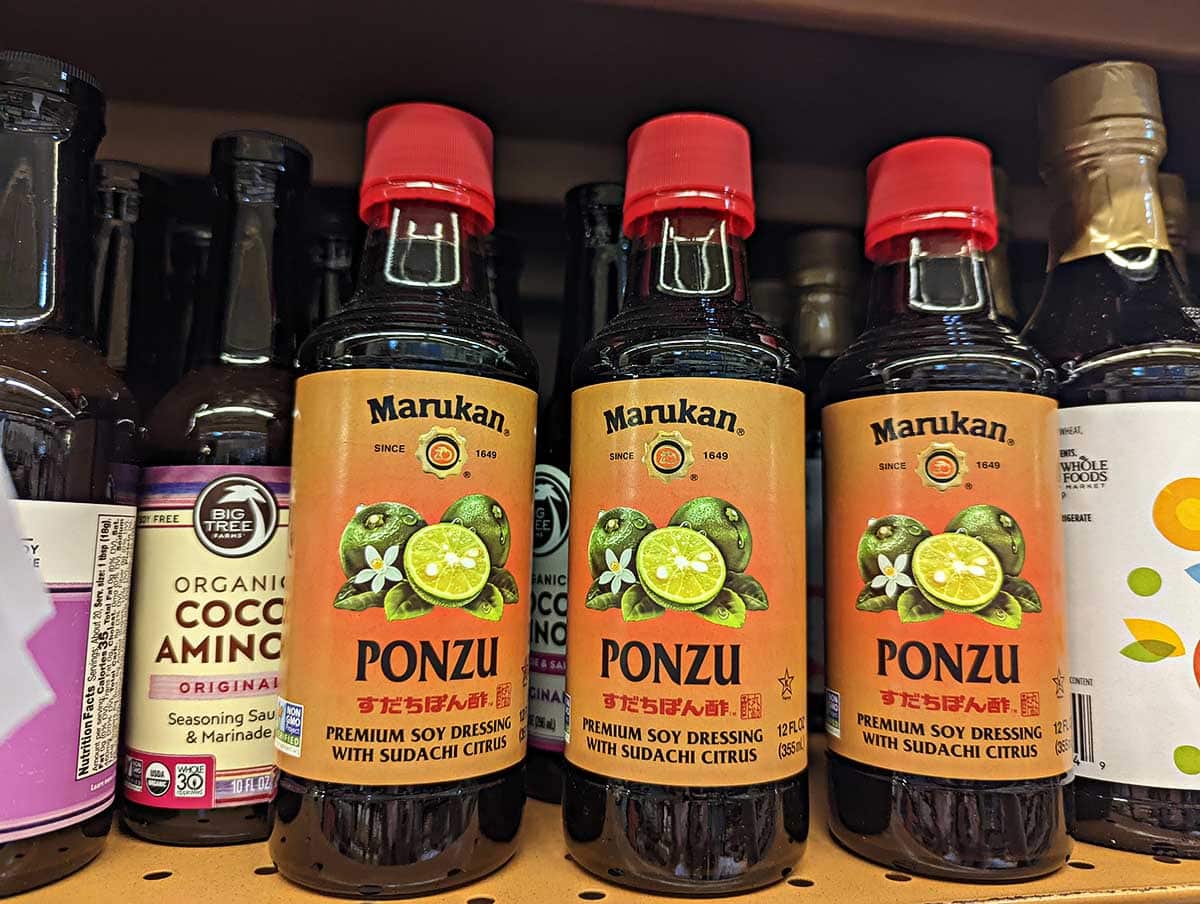
Ponzu sauce is a citrus-based sauce that can be used as a substitute for oyster sauce in some dishes, but it’s not an exact replacement since it has a different flavor profile.
It has a tangy, sour flavor, while oyster sauce is a rich, savory sauce with a pronounced umami flavor.
Pros:
Ponzu sauce works particularly well with seafood dishes, such as grilled fish or shrimp.
Cons:
Keep in mind that ponzu sauce has a different flavor profile than oyster sauce, so it may not work well as a substitute in all recipes
Cooking Tip:
Oyster sauce has an umami flavor and is salty, tangy, and sweet. It adds a complex flavor to any meal it is included in.
No, oyster sauce is not the same as hoisin sauce. Hoisin sauce is created from varying ingredients and does not contain seafood. Oyster sauce does contain seafood, among a few other ingredients.
Surprisingly, yes, the oyster sauce does have oysters in it. Since it started, the main ingredients have remained the same over the years. Oyster sauce’s main ingredients are oysters, salt, water, and sugar.
If you’re an Asian cuisine enthusiast, it’s time to consider adding some (or all) of the above alternatives to your cupboard. Whether you use them to replace oyster sauce or not, they all add delectable flavor to meals.
For the closest substitute, use hoisin sauce. The flavor and consistency are nearly identical. This will provide the best final product when used in oyster sauce recipes. A few additional alternatives not mentioned above include sweet soy sauce and dark soy sauce.
